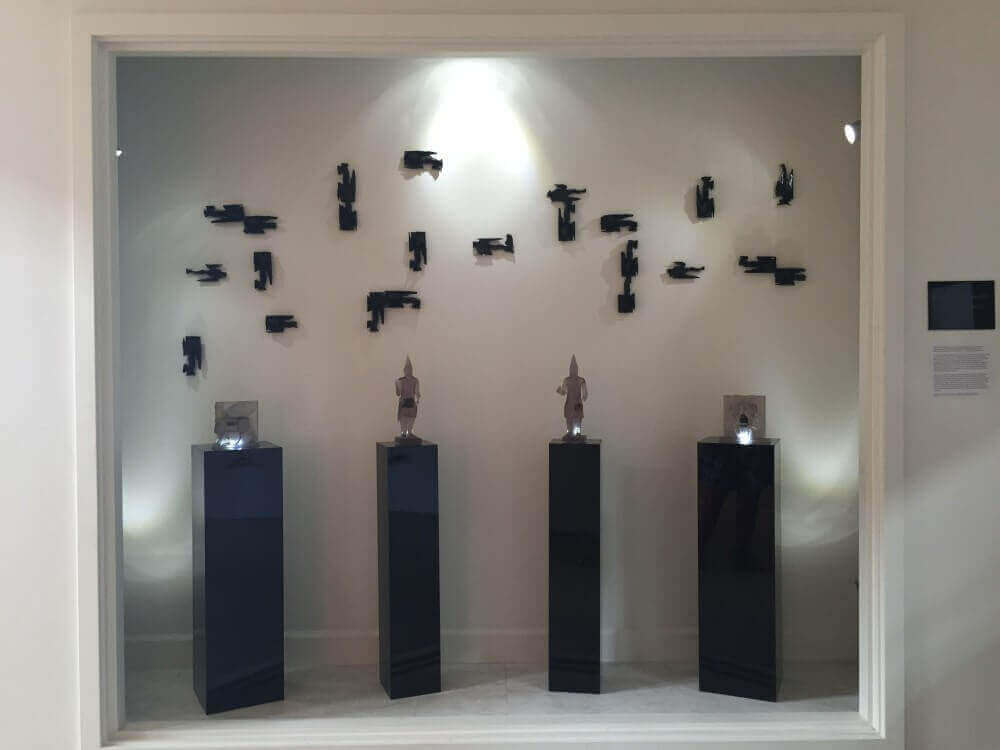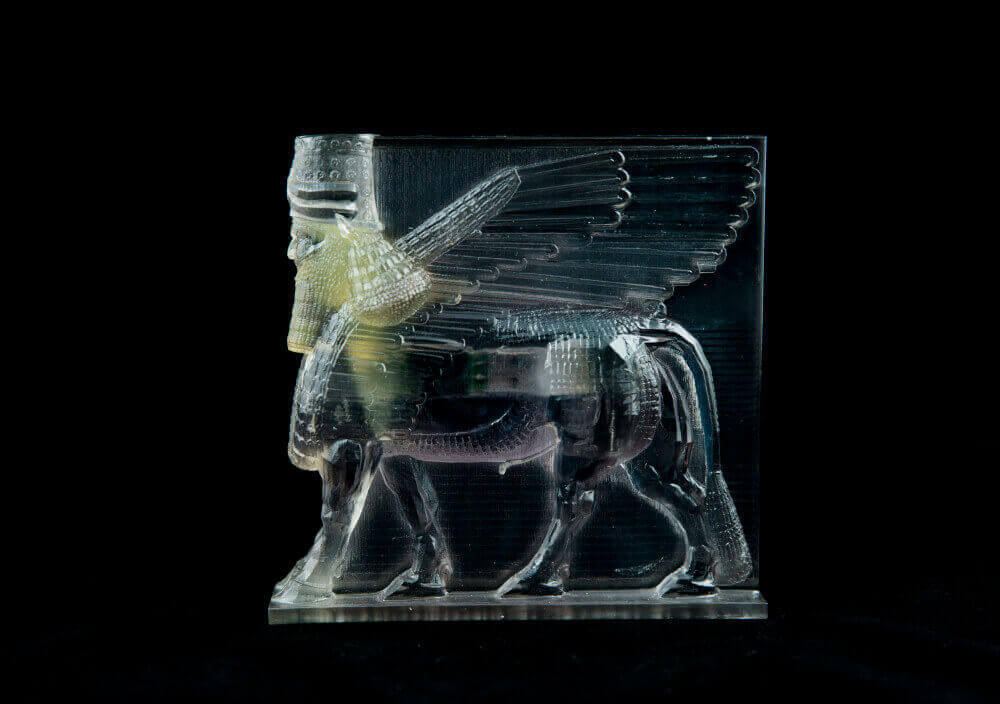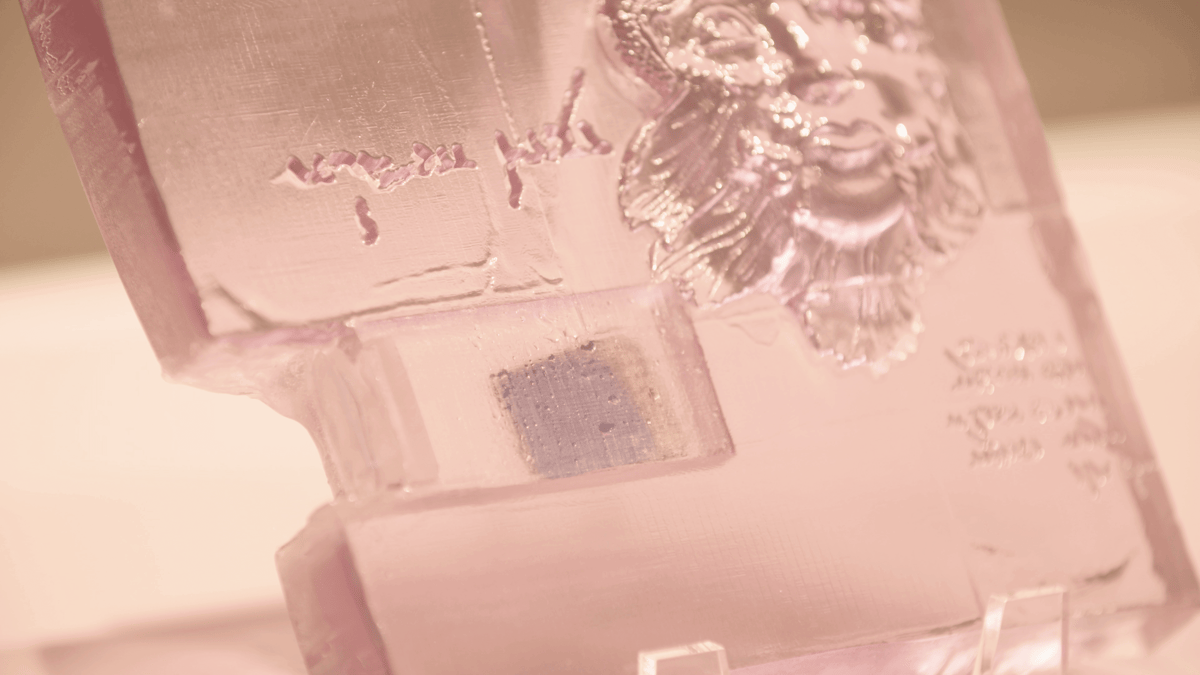In 2015, Nineveh Museum in Mosul was vandalized by the forces of Islamic State. Thanks to an Iranian artist, you can now 3D print the artifacts.
In 2015, members of ISIS tore through Nineveh Museum in Mosul, Iraq. They were armed with sledgehammers and power drills to destroy the millennia-old artifacts. Hundreds of artifacts were destroyed, robbed and sold.
Artist Morehshin Allahyari now attempts to revive these lost treasures – with the help of 3D printing. “Material Speculation” inspects petropolitical and poetic relationships between 3D Printing, Plastic, Oil, Technocapitalism and Jihad.
Her collection has been unveiled for the first time at Trinity Square Video, a storied new media art space in Toronto. She also uploaded the first 3D printer blueprint in the series to the internet. She intends to upload more later in the year once she has found a museum capable of properly archiving the digital files.
Allahyari said in an interview with Motherboard: “I think the more people who have access to this information, the less that history is forgotten in a way. The more files that are saved on people’s computers, even if they’re never printed, the number of PDF files that are read or kept, the more that history that was initially removed by ISIS will be saved.”
How Do the 3D Printed Statues Work?
The figurines are based on 3D models of a select few statues which were made with existing photos and software to fill in the gaps. However, this was an arduous process as not every statue had an adequate amount of photos taken to create a 3D model before they was destroyed.
Within each statue is an embedded USB stick which contains Allahyari’s research on each piece as well as the printing plans, which have to be dug out before they can be used. However, attendees to the exhibition will be able to plug their device’s USB port into a wall and receive the files from a digital dead drop.
The one major down side to Allahyari’s work is a unique paradox. Although she is seeking to fight back against ISIS with plastic, oil is plastic’s raw material – one of ISIS’s chief sources of income. This is something which Allahyari is trying to “figure out”.
Allahyari said of 3D printing: “I think this project is a good example of how you can think of 3D printing, it’s more than this design tool, you can really think about it as a tool that allows for political activism.”
If this interests you, then check out some of the other ways in which 3D printing is being used against ISIS here.
License: The text of "3D Print the Ancient Artifacts That ISIS Destroyed" by All3DP is licensed under a Creative Commons Attribution 4.0 International License.


